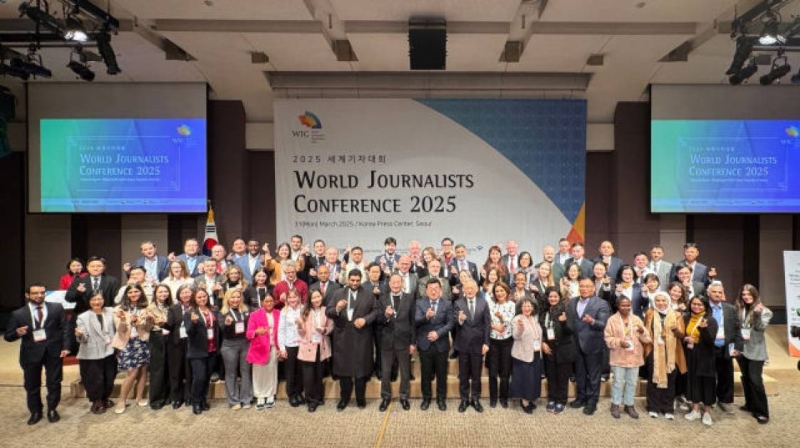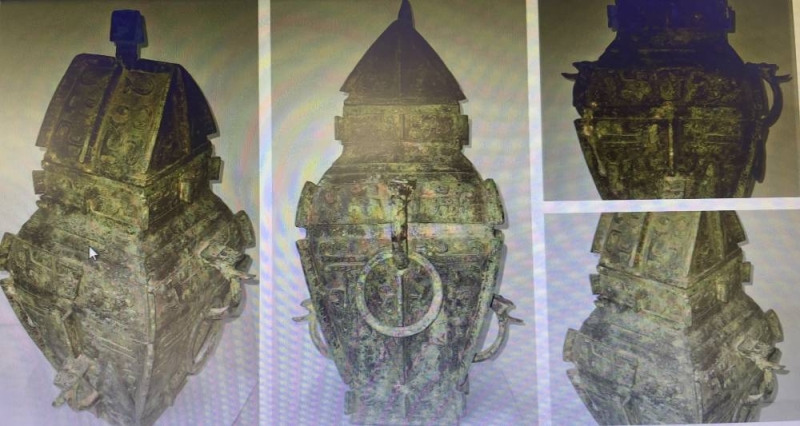Five-fold rise air seat capacity
Five-fold rise air seat capacity
Published: 07:05 am Sep 11, 2009
KATHMANDU/ NEW DELHI: There has been a five-fold icrease in the weekly seat capacity following the revised Air Services Agreement (ASA) between Nepal and India. The neighbours signed two instruments in New Delhi today, including the Memorandum of Understanding (MoU) for a revised ASA and a technical accord, which is a part of the MoU, and follows the International Civil Aviation Organisation’s norms. The move is likely to boost both tourism and trade in a big way. Cumulatively speaking, the seat capacity will be a whopping 60,000. “However, within their overall capacity entitlements, the designated airlines of Nepal shall be entitled to operate not exceeding 10,000 seats per week to/from Mumbai and Bangalore each and not exceeding 15,000 seats per week to/from Delhi. This restriction will become null and void from January 1, 2011,” said Nagendra Prasad Ghimire, secretary, Ministry of Tourism and Civil Aviation. The private airlines from both the nations have been pushing for more seat capacity and flying points for a while now. The MoU granted 21 points, including three new points — Dehradun, Gorakhpur and Bagdogra — for Nepal. While, Pokhara, Lumbini, Biratnagar, Nepalgunj, Janakpur, Dhangadhi and Bhairahawa for India. Barring Tribhuvan International Airport (TIA) in Kathmandu, the nation doesn’t have any other international airport. “Hence, Indian airlines can only fly to these points once these airports are upgraded to international standard,” said Ghimire. India, too, faces a similar constraint when it comes to airports in Gorakhpur and Dehradun. Of the new points, only Bagdogra is well-equipped.According to Ghimire, 30,000 seats are available for six Indian cities like New Delhi, Mumbai, Kolkata, Chennai, Bangalore and Hyderabad. But Nepal can operate its flights to 21 other smaller centres in India as well Goa, including Amritsar, Thiruvanthapuram, Vishakhapatnam and Kochi. Earlier, the nation had got only seven points. India has also agreed to grant fifth freedom traffic right to Nepal. As per this rule, any third country-bound Nepali flights are eligible to take passengers from any of these destinations in India. “In a bid to improve aviation communication in Nepal, India has agreed to install VSAT at the TIA. The new understandings will help the government to meet its target to bring in one million visitors for Nepal Tourism Year 2011,” added Ghimire. Apoorva Srivastav, spokesperson, Indian Embassy in Kathmandu, echoed similar sentiments. The new arrangement has also opened new vistas for cargo services. “The designated airlines of each country shall be entitled to operate any number of all-cargo services between each other’s territory with any type of aircraft with full third, fourth and fifth freedom traffic rights. Such all-cargo services may also be operated under co-operative marketing arrangements such as code sharing blocked space,” said the MoU. The Nepal-India ASA was signed on June 5, 1997. The Indian delegation was led by M Madhavan Nambiar, secretary, Ministry of Civil Aviation.





